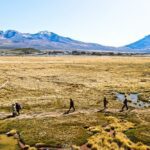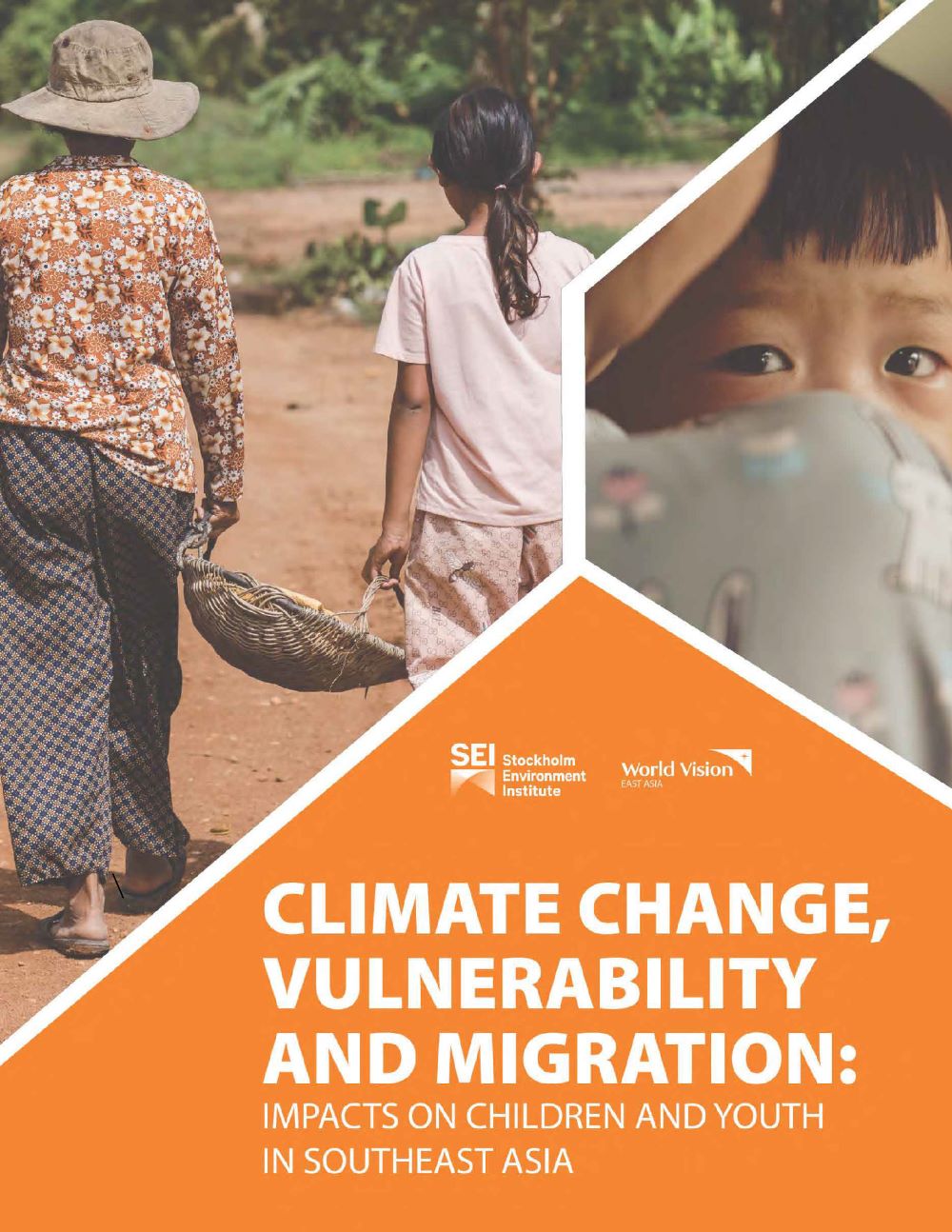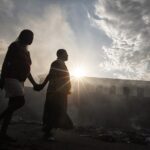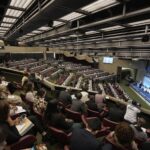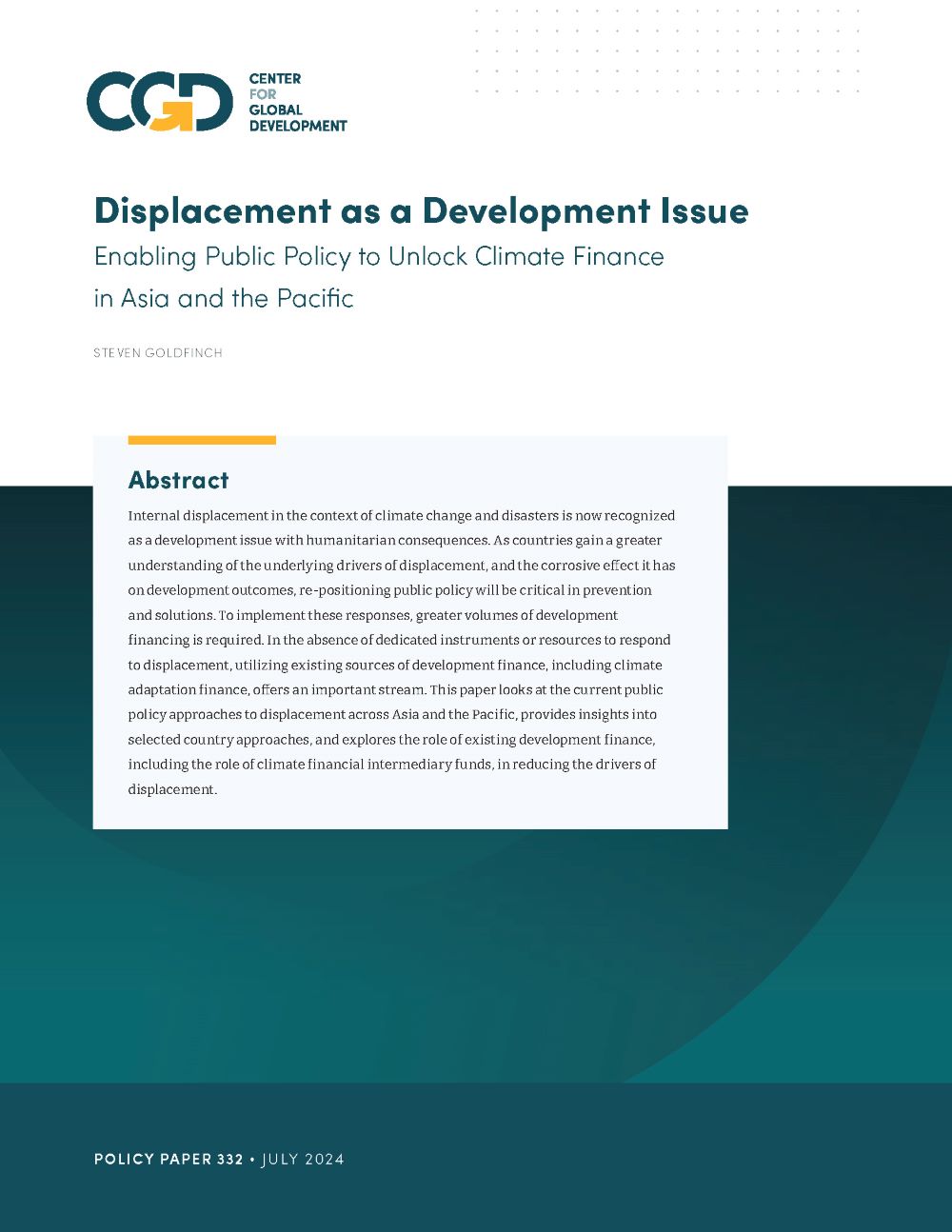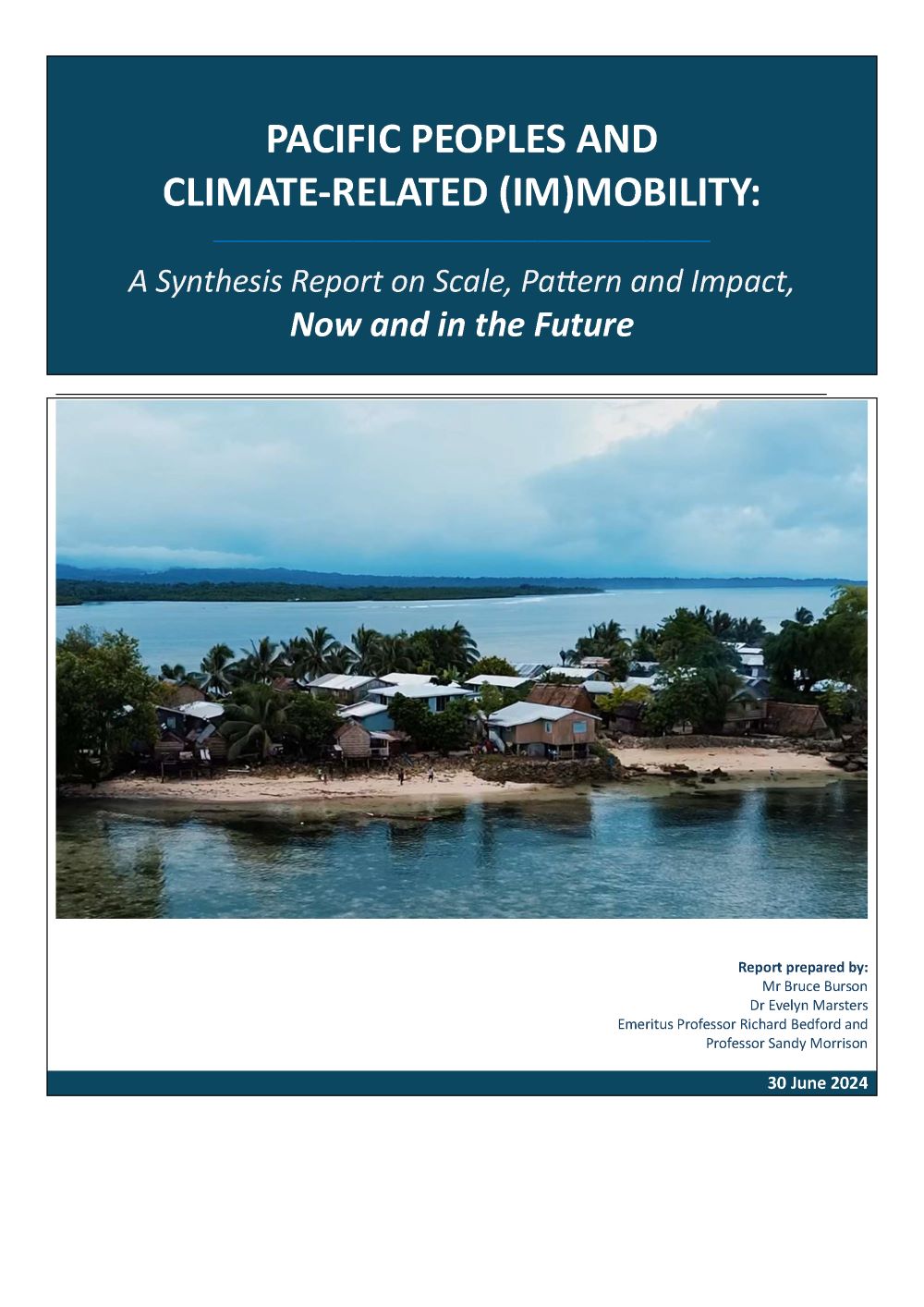This report examines the impacts of labour migration on children in the context of climate change – whether they stay behind or migrate themselves. Through interviews with pre-adolescents and teenagers in six villages in Cambodia, Lao PDR and Viet Nam, as well as young returned migrants, migrant parents and grandparents, it portrays life at the intersection of climate change, poverty, marginalization and injustice. Altogether, 92 personal stories inform the analysis, supplemented by interviews with village chiefs, other local leaders and experts, and a review of national policies and the research literature.
The goal is to shed light on the drivers of migration, young people’s needs and aspirations, and ways for national governments, donors and development partners, and international organizations to make a difference. The results will inform the work of World Vision’s East Asia office, which is committed to supporting safe, orderly and dignified migration that upholds the rights, well-being and opportunities of migrants, particularly vulnerable groups such as children.
The study focuses on Southeast Asia because it is a dynamic, ethnically and socio-economically diverse region with significant migration and large disparities in human development. It is also young, with nearly 27% of its population under 15 years of age in 2022, and another 16% aged 15–24. The UN estimates that as of 2020, there were about 10.6 million international migrants in Southeast Asia, with Thailand hosting by far the largest numbers; about 1.27 million were under 18 years old.
Southeast Asia also stands out for its high exposure to natural hazards, including deadly cyclones, torrential rains and floods. Climate change is intensifying those hazards and also bringing sea-level rise, more extreme heat, unreliable rainfall and droughts. Those impacts exacerbate disaster risks and jeopardize livelihoods and human well-being. Multiple social, political, economic and environmental factors deepen vulnerability and limit people’s capacity to adapt – in place or through migration.


